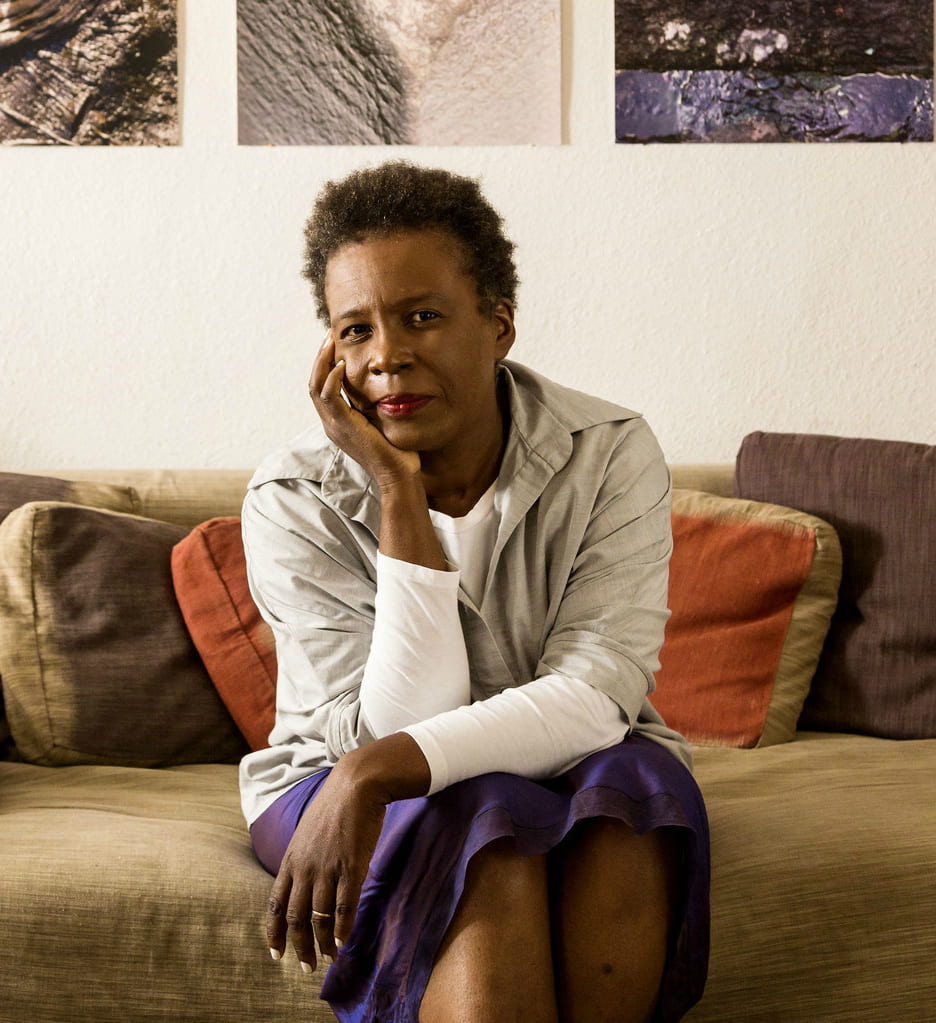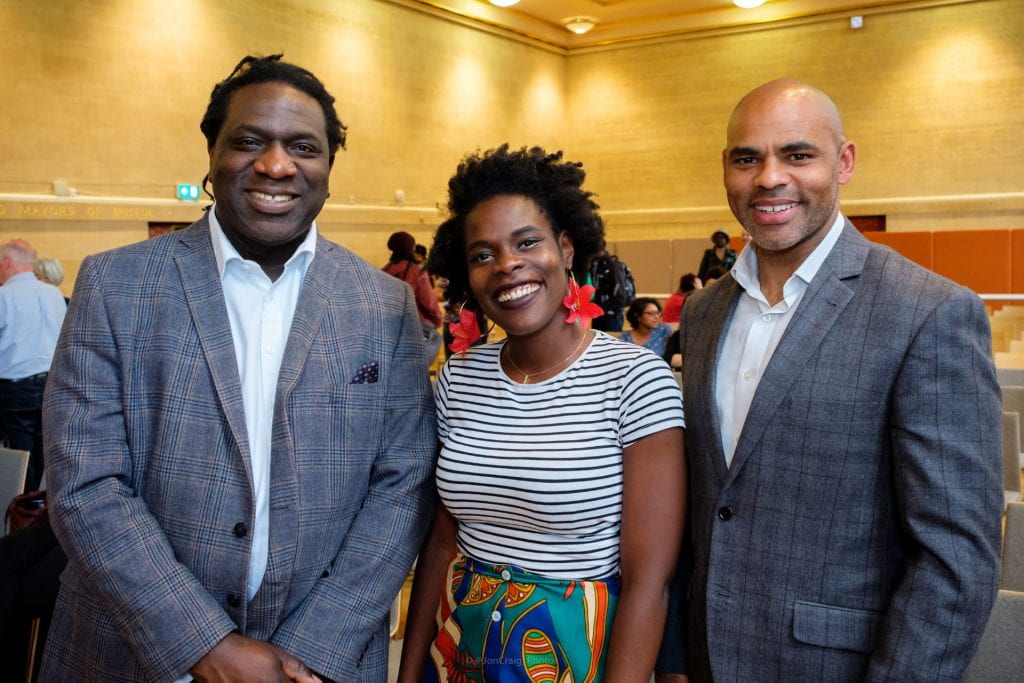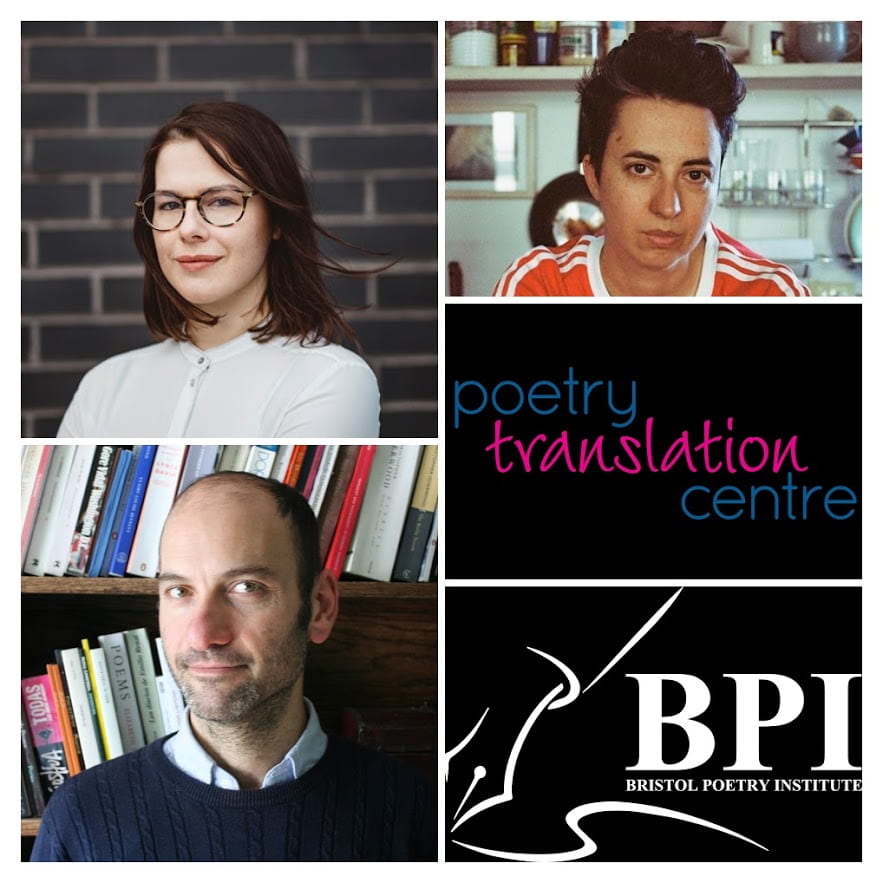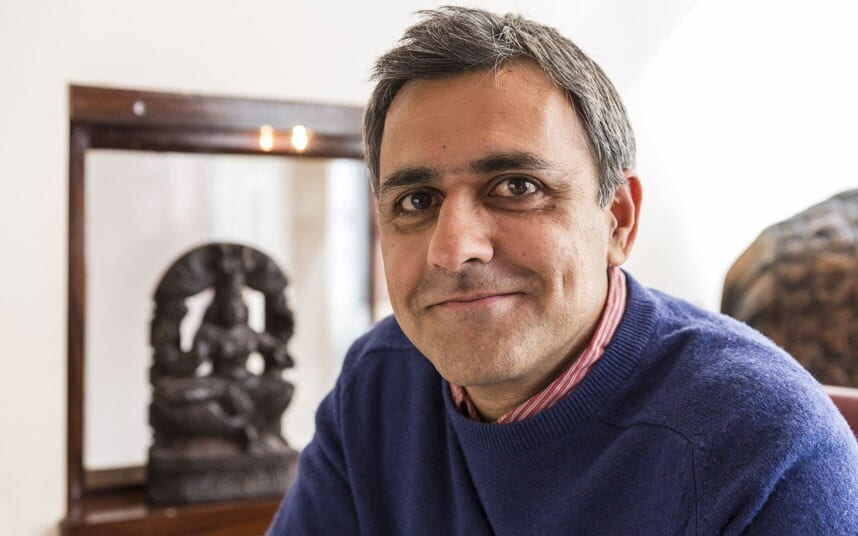The Bristol Poetry Institute is pleased to host Argentine artist Marisol Bellusci for a night of Latin American videopoetry in February. We hope you will join us!
Latin_no American VideoPoetics
6.00 pm, 12 February 2020
Old Council Chamber Room
1.11 Wills Memorial Building
Bristol BS8 1RJ
Free and open to all
This event will consist of a rare UK screening of videopoetry from Latin America (by the poets and artists listed below), an introduction by Marisol Bellusci and Javier Robledo (coordinator and director, respectively, of VideoBardo, the longest-running videopoetry festival in the world), and a discussion with UK-based videopoet Sarah Tremlett (author of The Poetics of Poetry Film, and co-director of Liberated Words).
Paula Herrera Vivas / Argentina; Mariana Maia da Silva / Brazil; María Papi / Argentina; Loayza
Claudia Peru / Argentina; Melissa Haller / Argentina; Marisol Bellusci & Luis Saray / Argentina-
Colombia; Nicolás M. Pintos / Argentina; Dan Boord and Luis Valdovino / USA- Argentina;
Pagan Maximum / Argentina; Javier Robledo / Argentina.
(credit for header video: Marisol Bellusci)








